In pictures: a history of Nexus phones and tablets
One off? But there were loads of them...
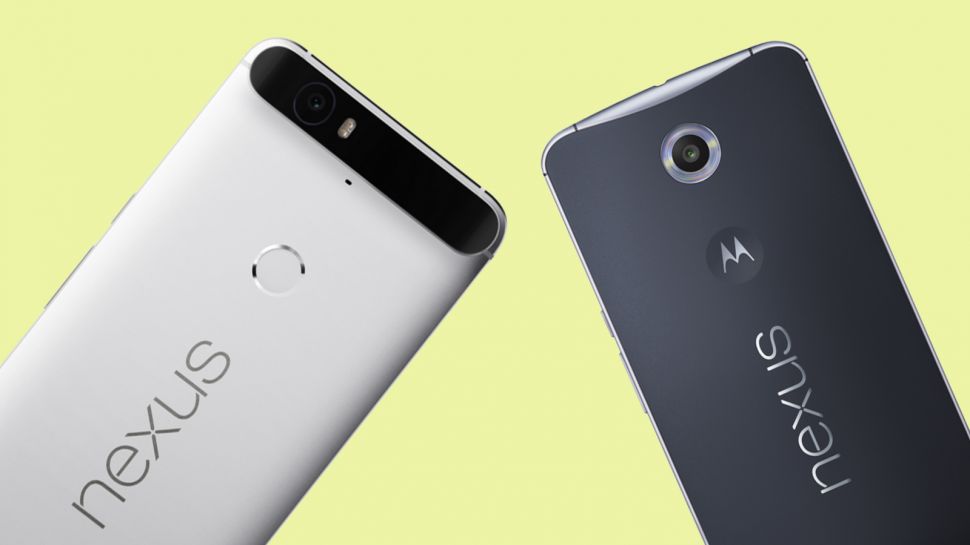
The evolution of the Nexus: introduction
The Google Nexus range, in many ways, helped revolutionize the mobile market in much the same way that the Apple iPhone has.
The Nexus devices may not have set the world alight in terms of sales, but they served as important reference points for Android manufacturers - and some of them have been rather good.
The Google Nexus One was not the first Android phone to market, that was the T-Mobile G1. With manufacturers still seemingly unconvinced about creating devices for its new mobile OS, Google introduced the Nexus One to show developers just what the software could do.
Google had never planned on making the Nexus series into a staple of the annual smartphone diet. The original Nexus One handset was designed to give Android a push in the right direction, and nothing more. It obviously worked, as Android now holds over 85% of the mobile market worldwide, according to IDC.
Perhaps buckling under industry pressure to follow the Nexus One up with more, and more impressive hardware, the guys at Mountain View made a second. And a third. And then a fourth, a fifth, a sixth. And what's that? You get the idea - they just kept on coming.
Google also decided to take this "one off" into the tablet market, showing the world how it feels tablets should be made and helping to popularize the smaller form factor.
But all good things come to an end, and in 2016 that's exactly what happened to the Nexus line - which has now been reborn as the Pixel.
Join us, as we take you through the journey of Google's Nexus phone and tablet range and beyond.
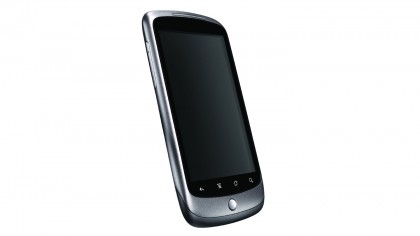
Google Nexus One
Partnering with HTC, the Nexus One was based on the Desire - the very first phone to win our coveted 5 star review. It had some competition at the time, having to win over fans from the likes of Symbian, BlackBerry, and those that had fallen in love with the iPhone 3GS.
$529 (around £420/AU$700) bought you a single-core 1GHz processor, backed with 512MB RAM and 4GB of storage (and a microSD slot believe it or not). It also packed a 3.7-inch 480 x 800 screen to show off Android 2.1 Eclair - that's considered tiny by today's standards, but wasn't back then.
A 5MP camera sat on the back, giving the Nexus One a lot to shout about given that the 3GS came with 3.2MP. To keep things running was a 1400mAh battery, which gave the Nexus One up to 7 hours 3G talk time.
- Read our Google Nexus One review
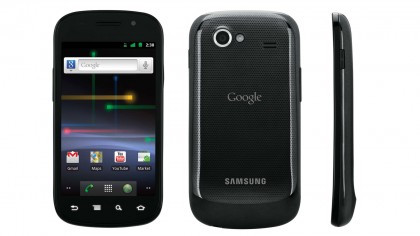
Google Nexus S
Things had changed by the time the second iteration of Google's smartphone, the Nexus S, launched less than a year later at just over £400 (around $500/AU$670).
Google moved to partner with Samsung to launch Android 2.3 Gingerbread. Google needed Samsung's impressive weaponry to fight it out with the iPhone 4, the biggest competitor to the Nexus S at the time.
The Nexus S was based heavily on the Samsung Galaxy S, although came similarly specced to the Nexus One. A single-core 1GHz processor, 512MB RAM and 5MP camera were all familiar, but storage was given a boost to 16GB, though the microSD card slot was cut.
The screen was also improved (although the 480 x 800 resolution was stretched to 4 inches), with Samsung's Super AMOLED technology in use. The battery was boosted too, to 1500mAh for a similar talk time. NFC also made its first Nexus appearance here.
- Read our Google Nexus S review
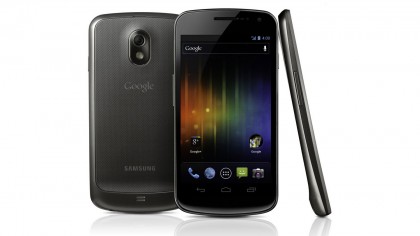
Samsung Galaxy Nexus
By the time the Galaxy Nexus had launched, another phone had garnered our 5 star review, the Samsung Galaxy S2. At £429 (roughly $540/AU$720), it aimed to challenge the iPhone 4S, a phone that was making waves as it improved greatly on the iPhone 4.
Paired with Samsung again, Google looked to get some of the S2 magic into the Galaxy Nexus. This meant a 1.2GHz dual-core processor, 1GB of RAM and 16GB of storage. The camera got a boost, but was still measured at 5MP, and the battery was now 1750mAh.
As with all Nexus launches, the Galaxy Nexus heralded a new version of Android - Android 4.0 Ice Cream Sandwich, displayed proudly on a 4.65-inch 720 x 1280 Super AMOLED display.
- Read our Samsung Galaxy Nexus review
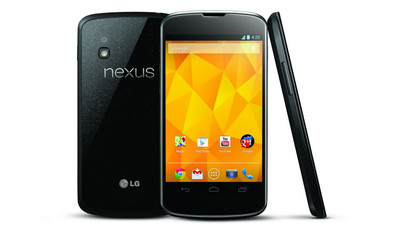
Google Nexus 4
Google decided to move across South Korea for its next Nexus iteration, with LG taking up the reins for the Google Nexus 4 handset. Things were looking a little more difficult for LG, with the market now populated with the iPhone 5, Samsung Galaxy S3 and HTC One X.
LG was desperate to get back into the smartphone making market, so its partnership with Google seemed ideal, giving birth to a device sporting a 768 x 1280 4.7-inch screen, 1.5GHz quad-core processor, 2GB of RAM, 8 or 16GB of storage and an 8MP camera.
The Nexus 4 launched with Android 4.2 Jelly Bean, and a 2100mAh battery, giving it 15 hours of 3G talk time. Perhaps the biggest game changer was the $299/£239/AU$349 price tag, that unfortunately has yet to revolutionise mobile market pricing in the way we might have hoped.
- Read our Google Nexus 4 review
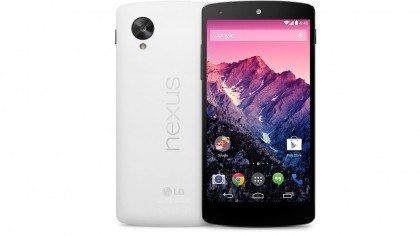
Google Nexus 5
The Google Nexus 5 was comfortably the best Nexus smartphone to date when it landed in October 2013. Billed as "the best that Google has to offer", it certainly made waves.
LG was the partner of choice once more, and the Nexus 5 welcomed the arrival of Android 4.4 KitKat.
With a beefed up 2.26GHz quad-core processor, 2GB of RAM and a 4.95-inch 1080p display the Nexus 5 was taking on the likes of the HTC One, Samsung Galaxy S4, iPhone 5S and LG's own G2 - but at a price point which made it supremely attractive.
- Read our Google Nexus 5 review
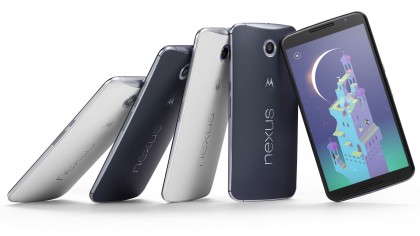
Google Nexus 6
Smartphones have been growing larger and larger, but the Nexus 6 marked Google's first foray into genuine phablet territory. The Motorola-manufactured phone boasted a 6-inch, AMOLED display with a dreamy 1440 x 2560 pixel resolution.
Inside there was a 2.7GHz quad-core processor, 3GB of RAM, and 32GB or 64GB of onboard storage. A 13MP camera and a whopping 3,220mAh Qi wirelessly chargeable battery confirmed that there was nothing small about this phone.
Unfortunately, that extended to the price tag, which proved a bit hefty for some Nexus fans at $649/£499/AU$869 for the 32GB model.
Android 5.0 Lollipop also debuted on the Nexus 6 and it was the first smartphone to work with Google's Project Fi, a wireless network that switches seamlessly between Wi-Fi and LTE.
- Read our Google Nexus 6 review
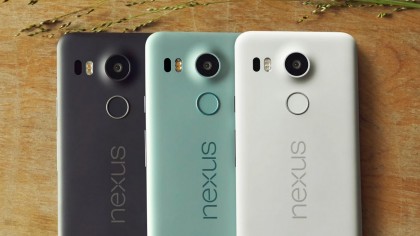
Google Nexus 5X
The Nexus 5X, launched in 2015 and made by LG, was actually a step down from the Nexus 6, but with a lower price tag too it wasn’t aimed at the same market - this was a mid-range Google phone.
That meant a plastic body, a 5.2-inch 1080p screen and just 2GB of RAM, but it still impressed, with a respectable Snapdragon 808 processor, a fingerprint scanner and a decent 12.3MP camera, with solid low-light performance.
For the money, the Nexus 5X was an attractive option for anyone who wanted a taste of stock Android Marshmallow and couldn’t stretch to a flagship.
- Read our Google Nexus 5X review
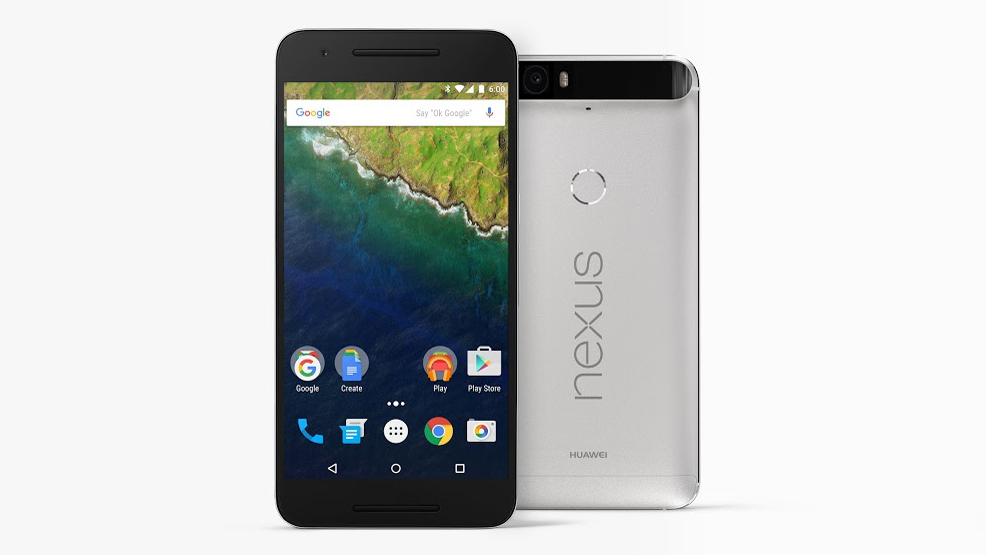
Google Nexus 6P
For those who did have the money to spare, there was the Nexus 6P, which launched alongside the Nexus 5X in 2015.
This was a completely different proposition, with Huawei at the helm rather than LG, high-end specs rather than mid-range, and a price tag to match.
The phone had a premium metal body too, and while an ugly camera bulge and a not-quite top tier amount of RAM held it back from perfection, the Nexus 6P was still one of the best phones of 2015, and at 5.7 inches certainly one of the best phablets.
As it happened it was also the last phone to hold the Nexus name, not that we knew that was going to be the case at the time, but it was a strong end to Google’s first smartphone hardware experiment.
- Read our Google Nexus 6P review

Google Pixel and Google Pixel XL
The Nexus line might be dead, but Google-branded phones aren’t. In 2016 the company debuted the Pixel and Pixel XL, which, names aside, share a lot in common with Nexus, sporting pure Google software, matched with hardware made by another manufacturer (in this case HTC).
But these have even more of Google imprinted on them than the Nexus range, with HTC’s branding nowhere to be seen and a unique Android experience, powered by Google Assistant.
Like Nexus phones they run the latest version of Android (currently Nougat) and will be first in line for updates, but Google Assistant is currently exclusive to them, taking Google Now and extending its reach and capabilities.
They’re also more ambitious than any Nexus handsets, with both the 5.0-inch Pixel and 5.5-inch Pixel XL sporting high-end specs, including a Snapdragon 821 processor, 4GB of RAM, and a camera Google claims is best-in-class.
They also both sport a premium metal and glass build and an eye-watering price, with Google seemingly seeing them as true, mainstream flagships and even iPhone rivals. Arguably, they don’t quite live up to Google’s ambitions, but they’re a strong start to a range which could break out of the niche that Nexus built.
- Read our Google Pixel and Google Pixel XL reviews
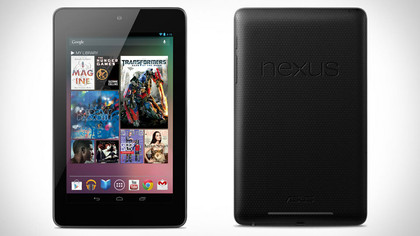
The tablets: Google Nexus 7 (2012)
With the iPad carving out a market, that could well have been argued to be its own, the lack of Google's official presence was noticeable.
This was exacerbated by the rise of cheap Android alternatives often running phone software, and Android Honeycomb only appearing on third party devices like the Motorola Xoom 2.
That all changed when Google and Asus took on the likes of the iPad and the Amazon Kindle Fire with its very own Nexus tablet, the original Nexus 7. Launching at the cheap price of £159 (around $200/AU$260) for the 8GB version, Google looked to undercut the iPad.
For your money, you got a 800 x 1280 7-inch screen, a 1.2GHz quad-core Tegra 3 processor, 1GB of RAM, a 4,325mAh battery and a 1.2MP front facing camera. There was no rear sensor. It also brought Android 4.1 Jelly Bean to market.
- Read our Nexus 7 (2012) review
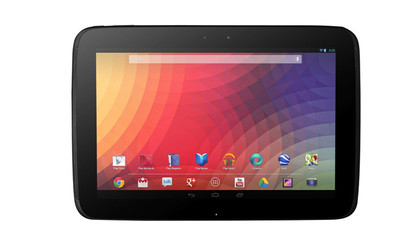
Google Nexus 10 (2012)
By this point, Google's only foray into the tablet market was at the smaller sized, budget end of the market. This left the gap for the iPad 4 (briefly the iPad 3 as well) to continue to grow the full sized tablet market. Third party devices were still struggling to compete.
Despite the New York launch being cancelled due to Hurricane Sandy, the Nexus 10 managed to launch online. The Samsung made device packed an eye-popping 10-inch 1600 x 2560 screen, 1.7GHz dual-core processor, 2GB of RAM and two cameras (5MP on the rear and 1.2MP on the front).
It also came with 16 or 32GB of storage (no microSD) and a 9000mAh battery, while undercutting the equivalent iPad 4 by around $100/£80/AU$130.
- Read our Google Nexus 10 review
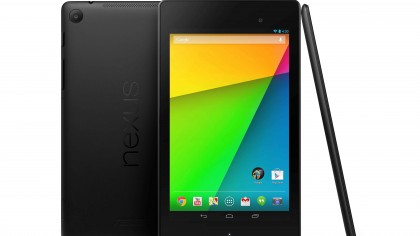
Google Nexus 7 (2013)
The tablet market had changed drastically since the launch of the original Nexus 7, with Apple deciding that it too wanted to get a slice of the smaller cheaper tablet pie in the form of the iPad Mini.
This meant that Google had to go back to the drawing board, and came up with the Nexus 7 (2013). RAM was doubled to 2GB to sit alongside the 1.5GHz Snapdragon S4 Pro processor, with the same 1.2MP camera on the front, and a 5MP snapper now sat on the back.
The screen also became full HD, with the 7 inches now containing 1200 x 1920 pixels. The new Nexus 7 also launched Android 4.3 Jelly Bean. The battery was a little smaller, at 3,950mAh, but still provided up to 9 hours use.
- Read our new Nexus 7 review
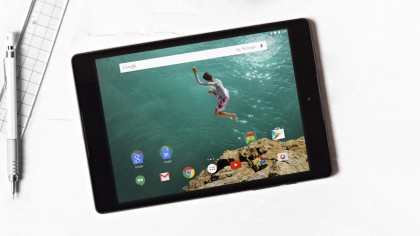
Google Nexus 9
No one really expected the Nexus 9, but it slipped comfortably into place between the 7 and 10. Google had collaborated with HTC on phones before, but never a tablet.
The Nexus 9 sported an underwhelming 8.9-inch display with a resolution of 1536 x 2048 pixels. There was also a 2.3GHz dual-core processor, an 8MP camera, 16GB of storage, and some front-facing BoomSound speakers.
It didn't have a single feature to really get people excited, but as a whole package the Nexus 9 was fairly well-received. It's also likely the last Nexus tablet, with the impressive Pixel C taking the reins in 2015, just as Pixel phones replaced Nexus handsets in 2016.
- Read our Google Nexus 9 review